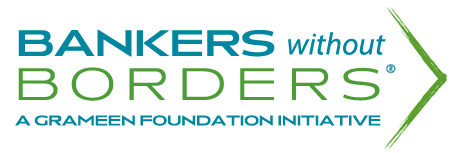The United Nations Development Programme (UNDP) came out with a report this week called “Humanity Divided: Confronting Inequality in Developing Countries.” The report highlights some major statistics on the growth of income inequality all over the world, particularly in developing countries. With all the progress society has made towards combating poverty, the presence of extreme inequality in the developing world makes it one of the biggest development challenges of our time. According to the report, income inequality has increased by 11% from 1990 to 2010, and more than 75% of the population are living in societies today where income is more unequally distributed than it was in 1990. While inequality does exist in prosperous, developed countries, after a certain threshold, inequality will harm growth and impair poverty alleviation. Because income inequality seems to be prevalent all over the world, one may think that it is inevitable that developing countries will face extreme inequality; however, countries can and have reduced income inequality while maintaining economic growth, which means that inequality is a problem that the world can solve.
In a similar vein, eradicating extreme poverty is the main goal for the United States Agency for International Development (USAID) after 2015, the last year for the completion of the Millennium Development Goals. The first MDG worked to halve the number of people living in extreme poverty and hunger between 1990 and 2015, which was actually achieved in 2010. That being said, there are still 1.2 billion people in extreme poverty, and half of them are projected to live in conflict-prone areas. USAID’s strategy is to rope in public and private sector partners to invest in these people through creating food security and building a resistance to frequent shocks due to conflict and climate that may affect their income and way of living.
The Grameen Foundation is also working with banks and businesses in developing countries to solve problems facing the rural poor. One of these projects dealt with the design of microsavings products in the Phillippines. By using behavioral economics, Grameen Foundation and CARD Bank created a three-step process to find out why people were not using their savings accounts at the bank. After defining the problem, GF and CARD bank used behavioral economics to diagnose and understand why the problem was taking place and then created a design template to solve the problem. Through this, they were able to understand that customers did not have enough information on how and when to use savings accounts, and that the best solution to the problem would be to have their customers meet up with the bank staff, who would play the role of a financial advisor and inform them on how to use their savings accounts. By analyzing the problem contextually and tailoring the solution to the feelings and behaviors of the clients, we can help people in developing countries increase their financial presence and savings.

